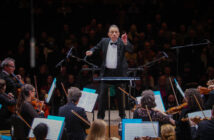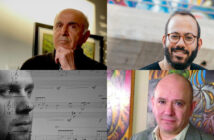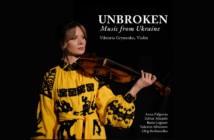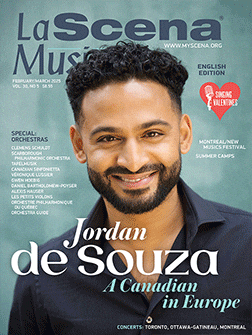
This page is also available in / Cette page est également disponible en:
![]() Francais (French)
Francais (French)
Many organizations have commemorated György Ligeti’s centenary over the last year. Led by founder and conductor Alex Pauk, Esprit Orchestra is adding its voice to the celebrations this March with Violonissimo II.
On the program are works by Max Richter and Ligeti himself. The concert will begin with Richter’s Recomposed: Vivaldi – The Four Seasons (2012). Violinist Mark Fewer joins the orchestra for this contemporary take on Vivaldi’s canonical work. While the piece draws on Vivaldi’s composition, and maintains its form, Richter’s version stays true to his modern, minimalist style. The British composer has been quoted as saying that he discarded “75 per cent of Vivaldi’s original material” in the creation of his recomposition.

Mark Fewer
“Richter is smart, and does with Vivaldi what Vivaldi himself does with his own music.” Here, Fewer is referring to Vivaldi’s well-documented habit of borrowing from his own catalogue, as many baroque composers did. The piece has a “warmth, a beauty—the comfort of familiarity, with the freedom of something new,” says Fewer. Keyboardist Wesley Shen, who will play harpsichord in the performance, makes similar observations. “It’s a meeting of old and new,” he notes. “There’s something nostalgic about (the Richter), it evokes a cultural memory.”
Shen will lead audiences through the transition from Richter’s minimalist, perhaps more accessible musical language, through to the Ligeti portion of the evening, with Continuum (1968), for solo harpsichord. The evocative timbre of the harpsichord will bridge the gap between old and new on this program—as the sounds of the historical instrument bring Ligeti’s virtuosic, complex musical language to life.
“It’s one of my favourite pieces for contemporary harpsichord,” says Shen, who holds a master’s degree in contemporary harpsichord from the Conservatorium van Amsterdam. In fact, he credits Continuum with his desire to learn the instrument. “Ligeti is one of the first composers that really pushed the boundary of what the harpsichord did, or could do.”
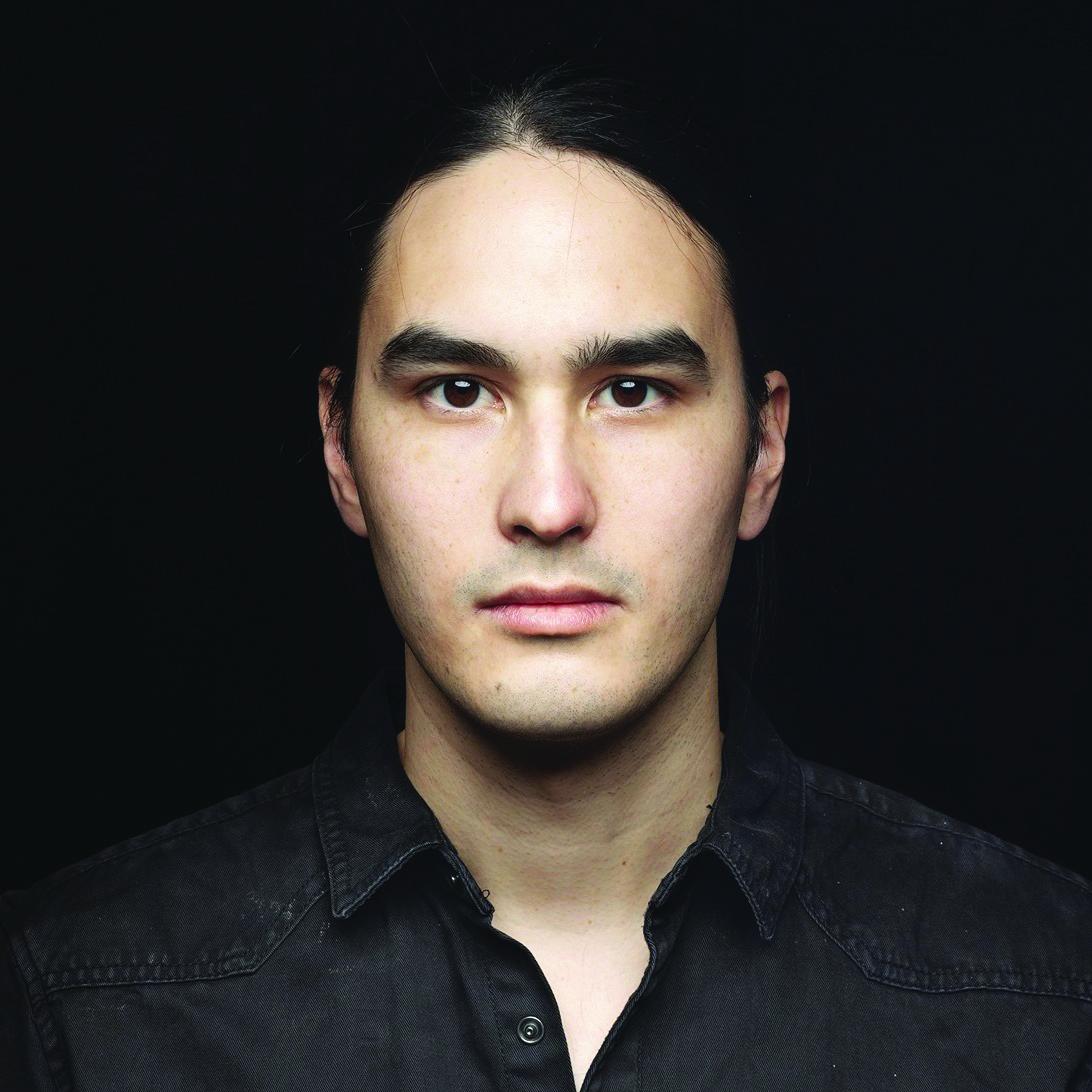
Wesley Shen
Simply put, Continuum consists of four minutes of music, during which the harpsichordist plays effectively as fast as possible. The goal is to “try and create a sense of continuous sound” which, of course, is impossible on an instrument that lacks the ability to sustain pitch. The result is a “dynamic, kaleidoscopic texture (made up of) different patterns, and an uneven feeling.”
Preparing a piece like this is no small feat, even for Shen, who has played it on numerous occasions. “The score itself is very dense,” he says. “It’s almost impossible to read.” The first task, he notes, is to “figure out the patterns, and then to create a map” for oneself. “It gets both easier and harder” with each revisit, laughs Shen. “Ligeti asks (in his notes) that the piece lasts no more than four minutes,” which requires harpsichordists to play “between 12 and 15 notes per second—almost faster than the mechanism can go.” Achieving this level of co-ordination requires exacting precision and technical expertise.
The second half of the program will continue with Ligeti’s Concerto for Violin and Orchestra, (1990-1992). Mark Fewer, who will take on the concerto as the soloist, first worked with Esprit in his university years, when he was a student at the University of Toronto. He has since played with the orchestra on a number of occasions, including having premièred Chris Paul Harman’s Partita No. 2 for Solo Violin just last year.
Fewer describes Ligeti’s Violin Concerto as a certain type of challenge he really likes. “I enjoy a challenge,” he says. “It makes me a better musician.” It’s such a challenge, in fact, that he is already planning out his approach—despite having played it several times. “It’s like learning a new language,” he explains. “You have to equate yourself with it enough that you can speak it.”
The work is full of unique elements for the soloist. This includes the pizzicatti passages, and the shapes required of the left hand. The Toronto-based violinist feels at home in a wide range of musical styles and environments—from jazz to folk to classical music of all kinds. “All music informs all other music,” says Fewer. He notes that his work as a jazz performer has improved his ability to improvise, something that he makes use of in the cadenza he plays in Ligeti’s Concerto. “I’ve used the same cadenza a number of times, but I might change it (for the performance with Esprit),” he hints.
The viola’s abrupt interruption of the violin’s opening fifth, the use of ocarinas, the dramatic contrast between the tessitura of the violin and other instruments, and the “hauntingly beautiful, timeless slow melodies” are among Fewer’s favourite elements of the work. “It isn’t easy listening,” he warns. “It requires active listeners who are challenged, but ultimately rewarded.”
Putting a piece of this nature together with orchestra requires a lot of rehearsal time; it’s “impossible to follow the regular format of one or two rehearsals, a dress rehearsal, and then the concert.” Esprit, however, is up to the task, considering their familiarity with and commitment to 20th-century and contemporary repertoire.
Shen says that he hopes the audience comes away with a sense of excitement. “All the music is very energetic,” he adds, “and the range is very exciting. I hope the audience leaves feeling allowed to feel things, and not be bogged down by (a pressure) to understand the music.
“There’s something visceral about this program,” he concludes.
Audiences will not be disappointed by the clever pairing of new and old—of Ligeti’s fearless writing for harpsichord, violin and orchestra, with Richter’s contemplative, enchanting take on a fan-favourite.
For more on Violonissimo II: www.espritorchestra.com
This page is also available in / Cette page est également disponible en:
![]() Francais (French)
Francais (French)



